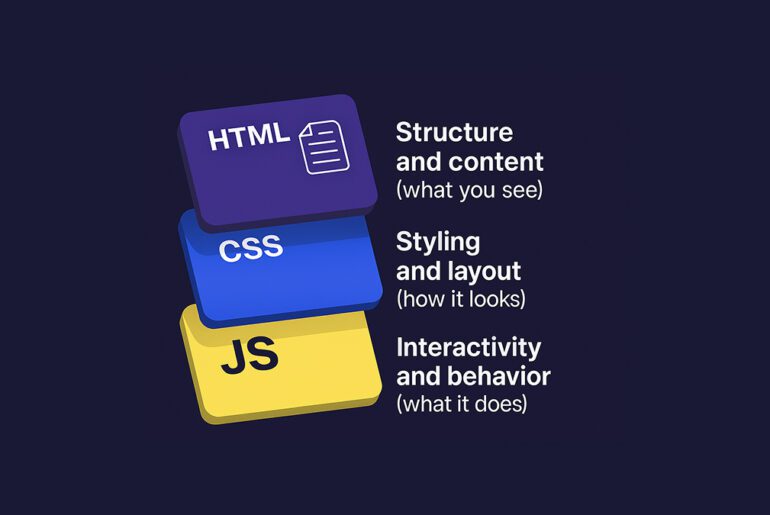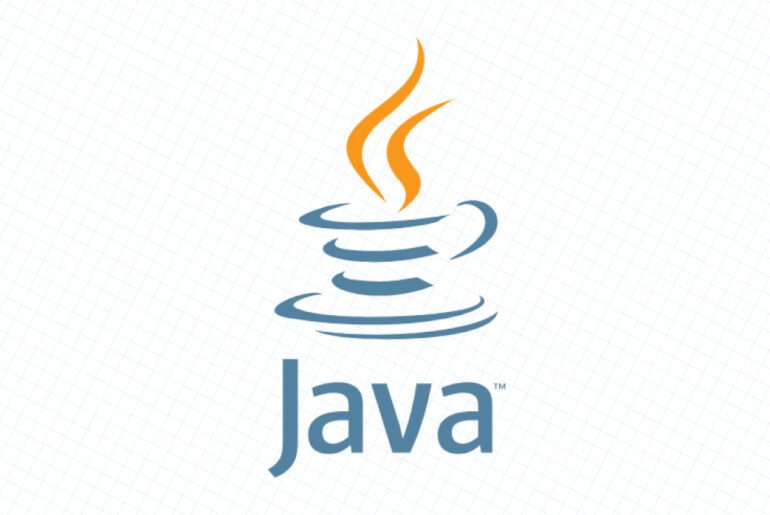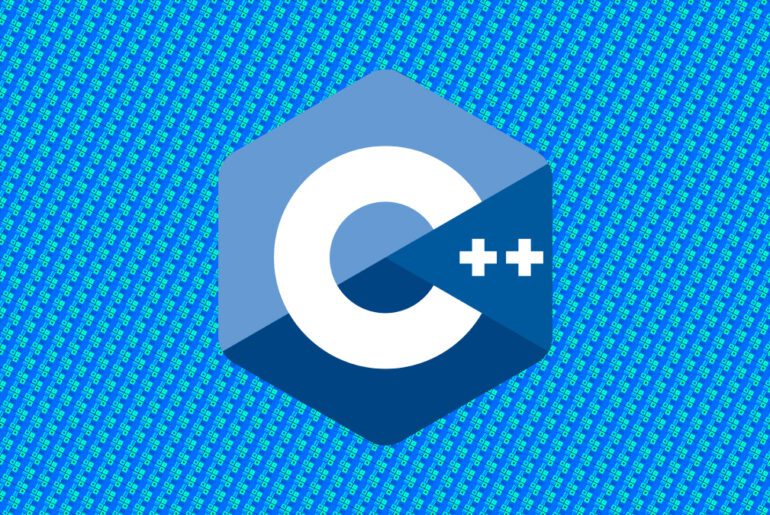Let’s set the stage. Python 3.14 went final on 7 October 2025. That date matters because it starts the bug-fix and security clock for teams that plan upgrades in waves. The official schedule lays out how long 3.14 will get updates—roughly two years of bug fixes, then security-only until about October 2030—which fits the yearly feature cadence many of us aim for.
If you’ve skimmed headlines, you probably caught three themes: template strings, deferred annotations, and subinterpreters. That’s not marketing fluff; those three change how we write, how our apps start up, and how we scale across cores without pretending threads are easy. The official “What’s New” page calls these the “biggest changes,” and it isn’t exaggerating.
I’ll walk through what changed, what to try first, and where the sharp edges are. Think of this as a friendly briefing before you open a pull request.
This post is 2,700-words long! All sources are cited at the bottom.
A quick tour before we zoom in
Python 3.14 ships:
- Template string literals with a
tprefix that produce a structuredTemplateobject instead of a plain string. They look like f-strings at first glance, but they’re interceptable so you can sanitize or transform values before rendering. This lands in the language and instring.templatelib. - Deferred evaluation of annotations is now the built-in behavior, designed and implemented via PEP 649 and PEP 749. Annotations aren’t executed as code at function/class definition time anymore; you can still evaluate them when you need them or get them as strings or forward refs through a new
annotationlibAPI. - Subinterpreters in the stdlib through
concurrent.interpreters, plus anInterpreterPoolExecutor. You get process-like isolation inside one process, with queues for communication and sensible ergonomics for parallelism. - A free-threaded (no-GIL) build that’s now officially supported in 3.14—still optional, not the default, but real enough for production pilots if your dependency stack is ready. The acceptance criteria and performance envelope are spelled out in PEP 779.
- Standard library adds Zstandard compression, richer asyncio introspection, syntax highlighting in the REPL, and more. There’s also an experimental JIT switch you can test in official macOS/Windows binaries. Plus new platform notes like Emscripten Tier 3 status and official Android binaries.
That’s the gist. Now let’s get practical.
Template strings: the “t-strings” you’ll actually use
Here’s the thing: f-strings are great until you need safety or structure. HTML. SQL. Log messages with structured fields. Template strings fix that gap.
A t-string uses t"..." and evaluates to a Template object with two key parts: strings and interpolations. Each interpolation is an object with the original expression, its value, and formatting metadata. That’s perfect for escaping, auditing, localization, or structured logging before you combine anything into a final string.
The PEP puts it cleanly: “Template strings are a generalization of f-strings, using a t in place of the f prefix… [they] provide access to the string and its interpolated values before they are combined.”
A tiny, realistic example for web folks:
from string.templatelib import Template
def html(template: Template) -> str:
# escape values and pass through formatting hints
out = []
for part in template:
if isinstance(part, str):
out.append(part)
else:
# part.value, part.conversion, part.format_spec exist
out.append(escape(str(part.value)))
return "".join(out)
bio = "<script>alert(1)</script>"
safe = html(t"<p>{bio}</p>")
# => <p><script>alert(1)</script></p>Could you do this with Jinja2 or MarkupSafe? Sure. The point is these are native string literals now, not a side library or a custom DSL, which means fewer footguns when someone refactors a format string deep in your codebase. The PEP includes examples for structured logging too. You’ll likely wire this into logging filters, metrics, or a tiny HTML helper and forget it was ever missing.
Little note for reviewers: t-strings aren’t f-strings. They don’t produce a str directly. You process them. That small mental shift buys a lot in safety and tooling later.
Annotations that don’t jump the gun
Type hints became functional and import-heavy in big projects. Before 3.14, a hint like list[MyModel] could run code while the module imported, or force awkward quoting to avoid forward-reference NameErrors. That’s expensive and noisy.
In 3.14, annotations are stored in special “annotate functions” and evaluated only if you ask. The docs summarize it well: the runtime cost at definition time drops, and you choose when to evaluate. There’s a new annotationlib for inspecting annotations as runtime values, forward refs, or plain strings. Fewer import loops. Cleaner startup. Less quoting.
If you maintain frameworks that touch __annotations__ or typing.get_type_hints(), read the porting notes, but most application code carries on without changes. The feature is specified across PEP 649 and PEP 749; consider this the moment when type hints feel less magical and more reliable in production services.
Subinterpreters: parallelism without hair-pulling
Threads share memory and surprise you. Processes isolate memory and annoy you. Subinterpreters try to split the difference: strict isolation, fast creation, and message-passing queues. In 3.14 you can use the new concurrent.interpreters module directly from Python, plus an InterpreterPoolExecutor that mirrors the concurrent.futures vibe you already know.
Under the hood, interpreters don’t share modules, objects, or globals. The PEP calls this “strictly isolated.” You get process-like semantics in one process, which helps with multi-tenant servers or plugin systems where you don’t trust accidental cross-talk. For web workers doing CPU work, this is a tidy “use the cores you paid for” story without the cost of forking a whole new process each task.
It belongs next to multiprocessing and threads, not replacing them. For I/O-bound code, asyncio still shines. For CPU-bound tasks that benefit from shared address space and light-weight isolation, subinterpreters are now a first-class tool.
Free-threaded Python: officially supported, not default… yet
I know you care about this one. The Global Interpreter Lock made threading a traffic cop. PEP 703 set the plan to make it optional. In 3.13 we got an experimental free-threaded build. In 3.14, free-threaded is officially supported per PEP 779. That means the APIs are stable enough, performance is within the promised bounds, and you can sensibly pilot it. It’s still opt-in, and not all packages are ready, but this isn’t a toy branch anymore.
Two numbers from the PEP matter for expectations you set with management: around 10% slower on single-threaded CPU throughput (geometric mean), and 15–20% higher memory use. The trade-off buys real parallel speed-ups when you have many CPU-bound threads. That’s the point: if you don’t have parallel work, you wouldn’t switch.
Compatibility note for Windows extension builds: define Py_GIL_DISABLED when building against the free-threaded runtime (CPython no longer infers it for you). That’s the kind of “once in your build rules” change that saves a day of head-scratching later. The “What’s New” page also explains a new -X context_aware_warnings flag that defaults on for free-threaded builds to make warning filters predictable across threads and tasks.
Will free-threaded become the default later? The steering council hasn’t flipped that switch; moving to phase III is explicitly “for the future.” For now, treat it as a serious option for workloads that can use it, and lean on the community trackers that list which packages support it.
Performance: the quiet wins you can actually feel
You don’t need charts to try these:
- Experimental JIT in official macOS and Windows binaries. Turn it on with
PYTHON_JIT=1. It’s early; performance ranges from a bit slower to about 20% faster depending on the workload, and it lacks support in native debuggers. But if you’ve got a performance-sensitive service with hot code paths under CPython, it’s worth a weekend benchmark. The JIT plan and caveats live in PEP 744. - A new “tail-call interpreter” variant that can make code 3–5% faster on the pyperformance suite when built with Clang 19 on x86-64 or AArch64. It’s opt-in at build time; aim for profile-guided optimization if you’re chasing those gains. It’s internal and doesn’t change behavior, which is why it’s such a pleasant improvement.
- Incremental cycle GC reduces pause times by an order of magnitude or more on large heaps. For web APIs with latency SLOs, that sentence deserves a little smile. You shouldn’t need to tweak anything to see the benefit.
These don’t replace application-level wins—good async, fewer allocations, smart caching—but they do smooth the floor your code stands on.
Language polish you’ll appreciate on code review
A few changes land squarely in “readable Python” territory:
- You may omit parentheses around tuples of exceptions in
exceptandexcept*clauses when not usingas. It’s tiny, but it matches how we already write tuples elsewhere and removes a leftover from Python 2. - The finally-block control-flow rules get stricter. Python will warn—and, where appropriate, disallow—
return,break, orcontinuethat exit afinallyblock, because they can swallow exceptions or override intended flow. If you’ve ever stared at a try/finally and asked, “Wait, what actually wins here?”, you know why this change exists. - Error messages continue to improve. You’ll see clearer pointing at the spot that went wrong, plus the usual quality-of-life fixes across builtins and the CLI. This keeps paying off for newcomers and seasoned folks alike.
Small things, big readability.
Standard library changes that matter for web teams
A few highlights stand out for service code and ops:
- Zstandard lands as a first-class compression option via a new
compression.zstdmodule. If you ship logs or assets at scale, Zstd’s speed-to-ratio tradeoff is a nice default. Bring it into your upload/download paths or use it for cache layers. - Asyncio introspection grows up. You can inspect a running process from the command line—
python -m asyncio ps PIDfor a flat task list orpstreefor a call tree. Great for diagnosing stuck tasks in production. The docs call out how it prints coroutines, stacks, and who’s awaiting whom. It’s like peeking under the event loop’s hood without custom probes. - REPL gets syntax highlighting by default with a basic theme, and several stdlib CLIs add color. That’s a DX boost when you’re poking at code on a server. The theme is designed for contrast and uses 4-bit ANSI colors for broad compatibility.
- Warnings across concurrency are saner thanks to the new context-aware mode. This matters when you run test suites or async workers that set filters and expect them to stick in threads or tasks. Flip it as needed with
-X context_aware_warnings.
You’ll find plenty of smaller module tweaks—concurrent.futures, logging, sys, pathlib—but these four are the ones to actually plan for.
Tooling, packaging, and platform notes your CI will bump into
A few non-language changes steer how we build and ship:
- Sigstore only: Python drops PGP signatures for releases and standardizes on Sigstore. The motivation is ergonomics and security; it’s also where packaging ecosystems are heading. If your pipeline verifies downloads, update your signature checks. The PEP explains the rationale and timeline.
- Official Android binaries and Emscripten Tier 3 support expand where CPython shows up. If you’re experimenting with Python running in browsers (hello, docs sandboxes) or wrapping mobile tools, this reduces your yak shave count. The Emscripten PEP documents platform behavior and constraints.
- New
build-details.jsonships with Python installs so tools can introspect build info without executing code. Small feature; big help for launchers, cross-builds, and environment audit tools. - If you test the free-threaded build on Windows, remember to define
Py_GIL_DISABLEDwhen compiling extension modules for that target. CI matrices should treat free-threaded wheels as a separate build flavor for now. - The experimental JIT is included in official macOS/Windows binaries; turn it on with
PYTHON_JIT=1for testing. There’s asys._jitnamespace with helpers likeis_available()andis_enabled(). Keep it off in production unless you’ve profiled.
These are the places your build logs will talk to you. It’s nicer when you already know what they’re saying.
Debugging in the real world: safe external attach
You know that moment when you wish you could attach a debugger to a running Python process without playing risky games with ptrace or fighting CPython internals? 3.14 adds a safe external debugger interface specified by PEP 768. The idea is simple: a debugger can ask the interpreter to run code at the next safe point, with zero overhead when unused. You also get controls to disable it entirely via env var or CLI. The PEP puts it plainly: it “allows debuggers and profilers to safely attach to running Python processes.”
Why should web folks care? Live incidents. Production worker is wedged? Safely inspect without pulverizing the process. This is the kind of plumbing that makes ecosystems mature.
What to try first, concretely
Let me give you a tight sequence that respects your time.
- Run your test suite on 3.14 with your current code and dependencies. Log any SyntaxWarning tied to finally-block control flow and fix them before they become errors in a later release. Keep an eye on packages that inspect annotations at import time.
- Adopt template strings where you currently concatenate or format user input into HTML, SQL, or logs. Drop a tiny processor function (like the
html()example) and train your team to look fort"..."in code review. It’s a nice cultural nudge and tends to flush out unsafe formatting early. - Pilot
concurrent.interpretersfor CPU-bound tasks you currently hand to processes. Start with one service and benchmark request latency and throughput. The Executor-style API keeps the change set small. - If your workload is thread-heavy and CPU-bound, trial the free-threaded build in a staging cluster. Set expectations using PEP 779’s numbers: small single-thread regression, but real multi-thread speed-ups under load, plus extra memory needs. Track which extensions you must rebuild for the free-threaded target.
- If you run on macOS or Windows, profile the experimental JIT with
PYTHON_JIT=1and your real workload. Treat the results as a curiosity unless numbers are convincing and the missing debugging support doesn’t block your workflows. - Update artifact verification to Sigstore if you haven’t yet. Note the change in release signature policy and make sure your security folks sign off.
That’s a week or two of thoughtful work, not a multi-quarter epic.
A few gentle clarifications before you ask
- Is free-threaded “production ready”? The words “officially supported” come with explicit criteria. It’s not default, but it isn’t a science fair project either. The goal is real adoption to gather ecosystem data before a later default switch.
- Do template strings replace templating engines? No. They give you a safe, native way to intercept values and apply policy. If you already use a full HTML templating or email engine, keep it. Use t-strings where a whole engine is overkill.
- Will subinterpreters replace multiprocessing? Sometimes. If you need strict OS-level isolation or fork semantics, processes still rule. If you want isolation without process overhead, try subinterpreters first.
- Does the JIT change Python semantics? No. It’s guarded, experimental, and the docs say it shouldn’t be used in production yet. Treat it as a future knob.
A short personal take, since you asked
You know what? 3.14 feels practical. Not flashy for the sake of it. Template strings tighten the bolt that kept slipping. Deferred annotations make types less fragile in real apps. Subinterpreters plus free-threaded give us sane options for parallel work. And the stdlib keeps adding “save an hour” tools like asyncio introspection and Zstd.
If you maintain a web stack, the upgrade pitch writes itself: safer strings, calmer imports, clearer debug, faster under load, and a path beyond the GIL. Nothing here demands a rewrite. Plenty here makes day-to-day code a little kinder.
References for the details people in your team
- Release highlights and changes across the board, including JIT, GC, REPL color, and build notes. (Python documentation)
- Template strings design and examples. (Python Enhancement Proposals (PEPs))
- Deferred annotations (design and implementation). (Python Enhancement Proposals (PEPs))
- Subinterpreters API and rationale. (Python Enhancement Proposals (PEPs))
- Free-threaded support criteria and performance envelope. (Python Enhancement Proposals (PEPs))
- Zstandard in the stdlib. (Python documentation)
- Safe external debugger interface. (Python Enhancement Proposals (PEPs))
- Emscripten Tier 3 support and platform details. (Python Enhancement Proposals (PEPs))
- Release date and maintenance horizon. (Python Enhancement Proposals (PEPs))
Take a breath, pick two or three of these to try this week, and let the results guide the rest. If you’re anything like most teams I work with, template strings and asyncio introspection will stick right away, and your performance folks will have strong opinions about the free-threaded pilot by Friday.










